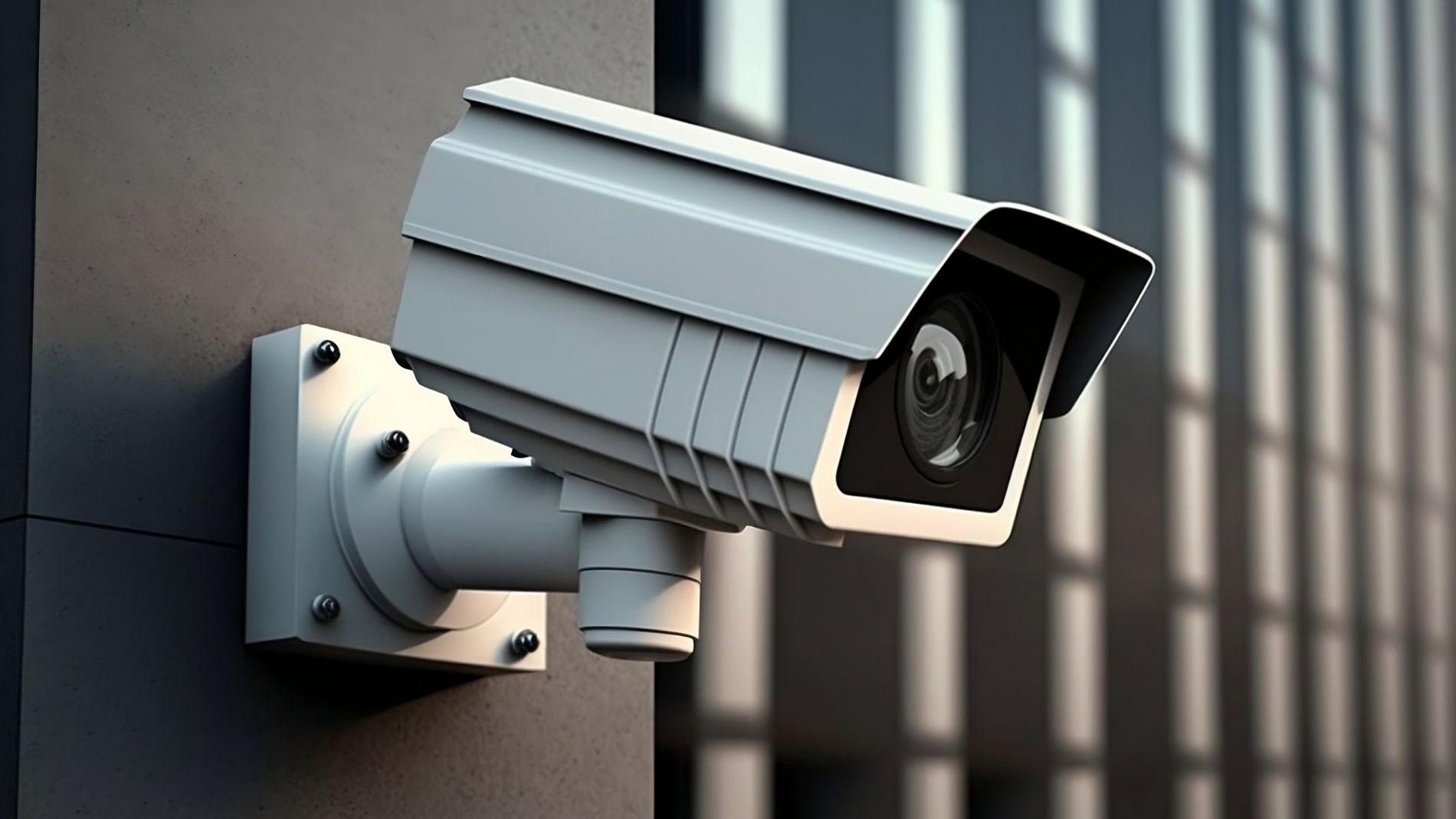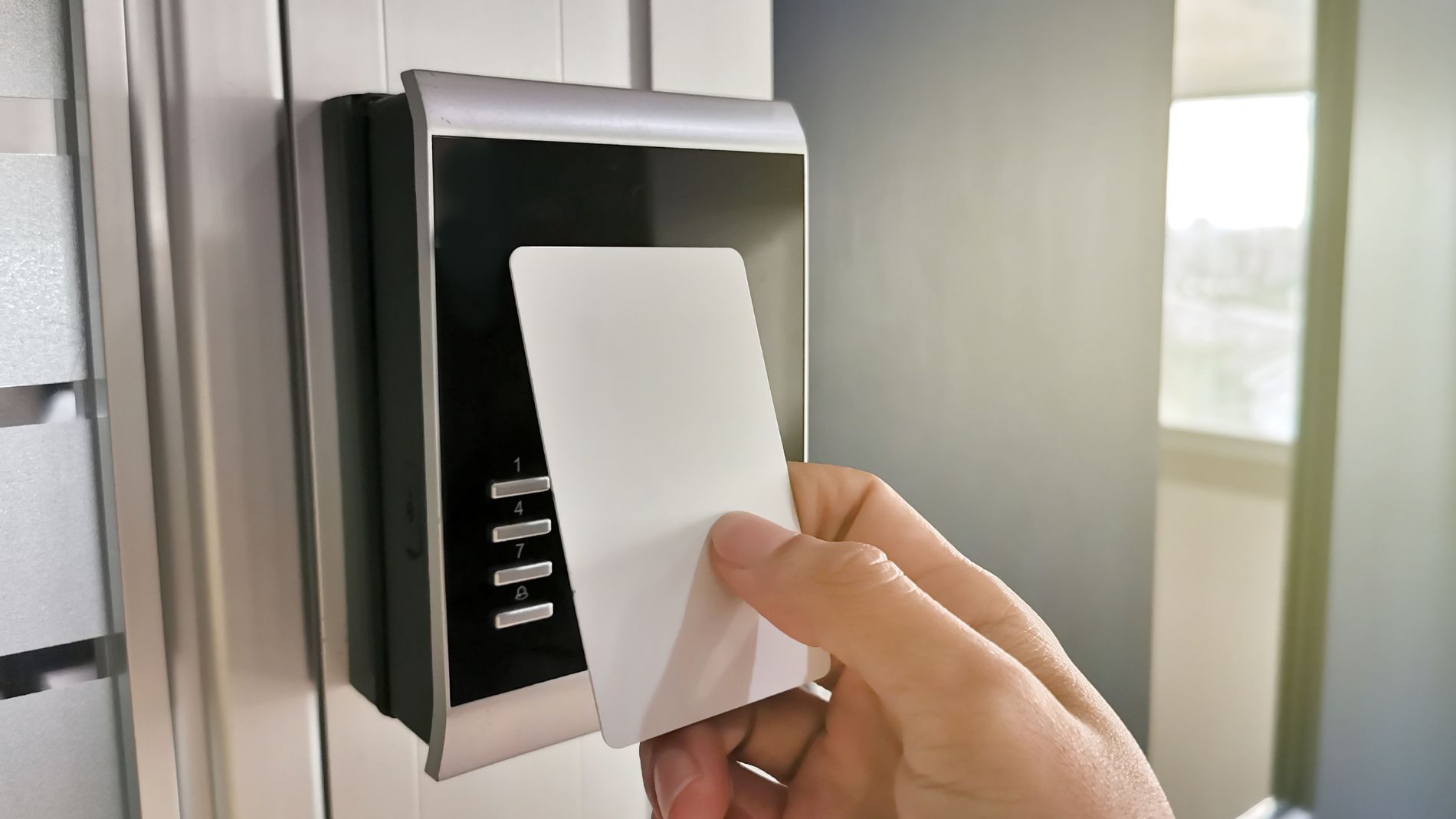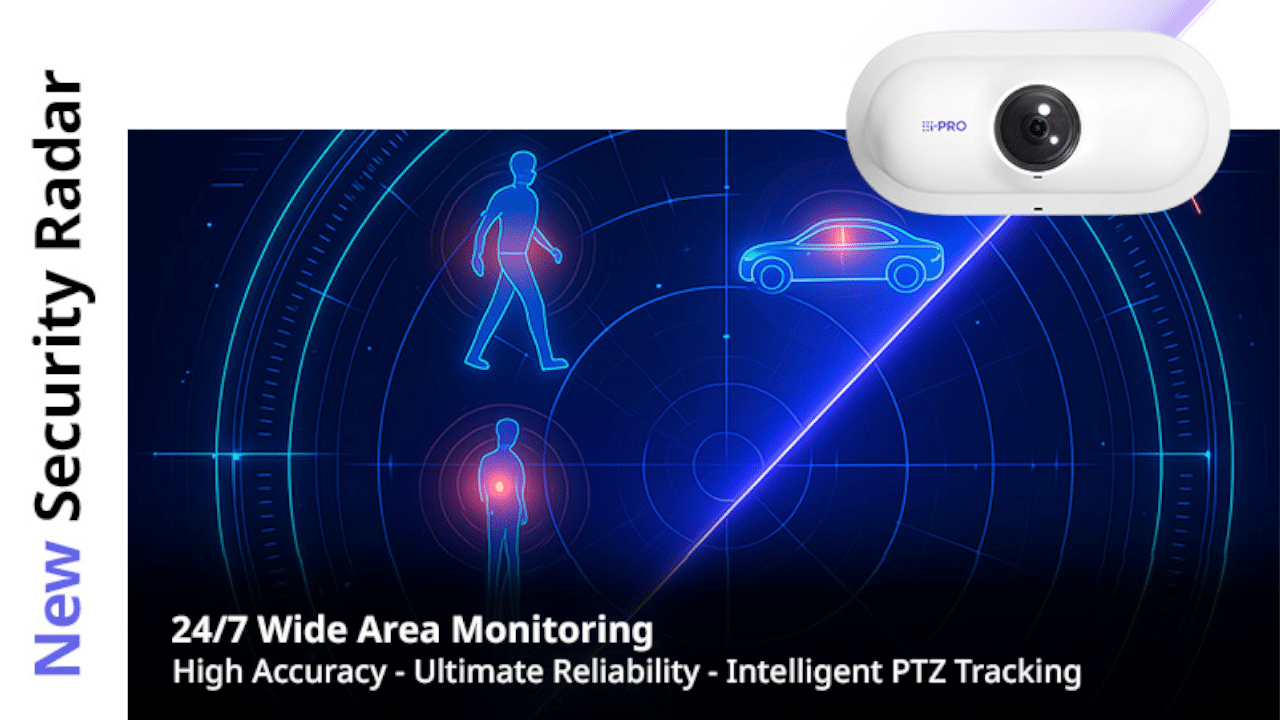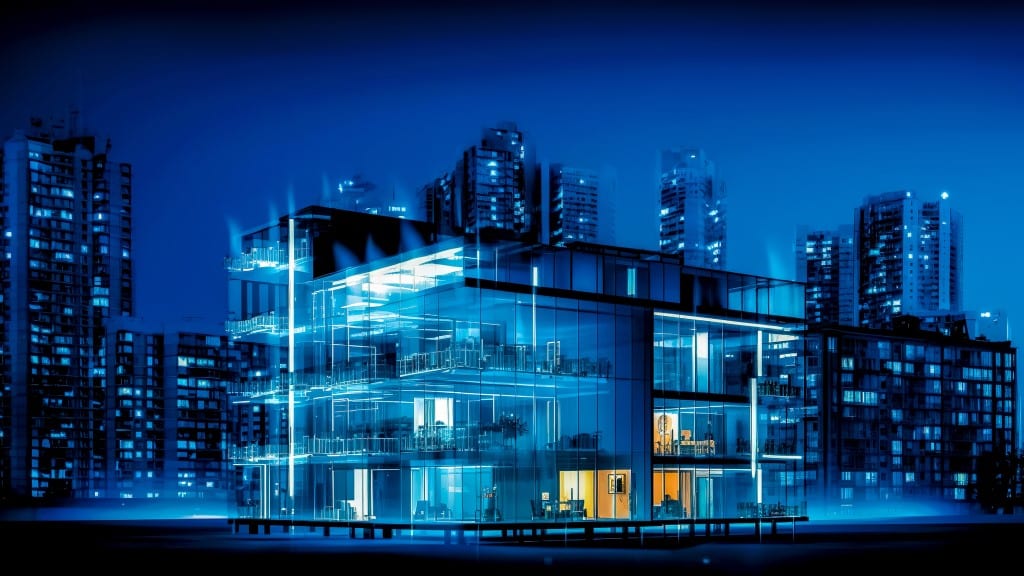With rising concerns over building safety and security, it’s more crucial than ever for commercial property owners and managers to invest in advanced safety and security technologies. These modern solutions offer comprehensive protection against break-ins, fires, and water damage, ensuring safety and security even when the premises are unattended.
Reading time: 3 minutes
Components of Modern Building Surveillance Technology

Modern building surveillance technology has evolved to include a sophisticated array of systems and components designed for seamless monitoring and protection. These systems are interconnected via a smart grid infrastructure, which allows for the efficient exchange and analysis of data across various security elements. Smart systems process massive amounts of real-time information to detect unusual patterns or activities. For example, if a potential threat, such as unauthorized entry or a structural anomaly, is identified, the system is equipped to activate automated defenses and notify property managers instantly. This proactive approach is further reinforced by advanced sabotage detection features; should tampering be attempted, door and window sensors immediately signal an alert, ensuring that security breaches are managed swiftly and effectively.
How Smart Safety and Security Technologies Enhance Protection for Commercial Properties

Smart security technologies provide robust, proactive protection tailored to the unique needs of commercial and industrial properties. It operates on two primary fronts: prevention and rapid response. Preventive measures include AI-driven analysis of data collected from a network of sensors, allowing the system to anticipate and mitigate risks before they escalate. For instance, in the event of a fire, the integrated system can differentiate between harmless triggers, such as minor smoke from cooking, and serious threats like an actual fire outbreak. Once a real threat is detected, the technology coordinates automatic responses, such as activating fire suppression systems, initiating smoke extraction, and sending critical alerts to property managers and emergency services. Additionally, the water damage prevention systems utilize moisture and leak detectors that not only issue alerts but also autonomously shut down water supply to minimize damage. This holistic approach ensures comprehensive risk management while streamlining the safety and security protocols of the building.
Key Features of Smart Security and Safety Systems
Smart security technology offers robust protection for building occupants and assets. It anticipates potential threats and responds swiftly to mitigate damage:
- Fire Protection: Intelligent fire safety systems collect and analyze data from smoke detectors and sensors. AI differentiates between harmless sources like candles and actual fire threats, triggering necessary actions such as activating alarms and notifying property managers. Automated smoke ventilation and fire control measures minimize damage.
- Water Damage Prevention: Advanced water sensors detect moisture changes, alerting managers to potential issues. If flooding occurs, for instance, from a burst pipe or heavy rainfall, automated notifications are sent, and the system can shut down electrical devices in the affected areas to prevent further damage.
- Enhanced On-Site Safety and Security: Motion sensors and automated lighting systems increase safety by illuminating pathways, reducing the risk of falls. Automation extends to entry and exit points, providing accessible and secure building navigation.
- Access Control: Smart access systems, equipped with cameras and intercoms, give managers full control over building entry, even remotely. Property managers can authorize or deny access and communicate directly with visitors, ensuring security at all times.
- Intrusion Prevention: Cameras and smart sensors monitor for unauthorized access. If unusual activity is detected, alarms are triggered, and alerts are sent to property managers, who can take immediate action.
Sustainable and Smart Security Solutions
The development of electric and smart security systems continues at a rapid pace. These innovations not only offer enhanced protection but also improve building management efficiency. Integrating sustainable materials, such as shatter-resistant glass, further supports the effectiveness of security systems. Additionally, smart technologies are designed to be energy-efficient, contributing to broader sustainability efforts.
FAQ
What new technologies are being used in security and safety systems to enhance building protection?
Modern building surveillance technology relies on an interconnected Smart Grid system, facilitating data exchange between all security elements. AI analyzes this data to quickly detect and report suspicious activities. Smart building automation can deny unauthorized access or alert the authorities when needed. Integrated fire protection systems, such as smart smoke detectors, identify fire hazards early, triggering fire safety measures like smoke extraction and simultaneously notifying emergency services. If smart data analysis detects a water leak, intelligent building technology can shut off the water supply completely, preventing extensive damage and ensuring safety and security.
How do innovative security systems help prevent break-ins and vandalism?
Innovative security systems use smart technology to prevent break-ins, vandalism, and other hazards like fire or water damage. The systems activate deterrents, such as randomized lighting, to simulate occupancy and ward off potential intruders. Advanced sensors detect tampering attempts at doors or windows and immediately trigger an alarm. Smart building security also includes intelligent surveillance cameras, which use AI to analyze footage and notify users of suspicious movements via an app. Users can then remotely control access or take additional actions.
What role do artificial intelligence and machine learning play in the development of modern building security solutions?
Artificial intelligence analyzes large amounts of data collected from surveillance cameras, sensors, and smart locks. Machine learning identifies and flags suspicious activities that deviate from normal behavior patterns, allowing users to respond to threats like break-ins even when they are away. While traditional security technology focuses solely on monitoring, AI autonomously recognizes threats and facilitates rapid protective measures. This proactive approach helps prevent significant damage or danger, ensuring enhanced safety and security for building occupants and assets.





